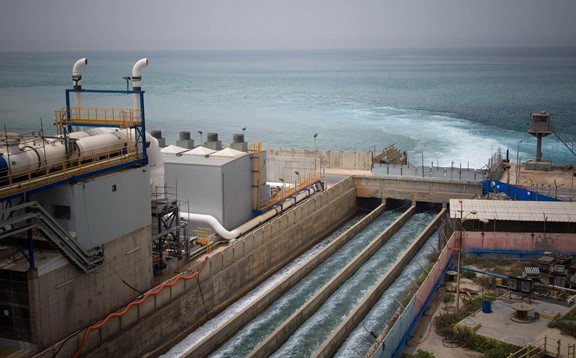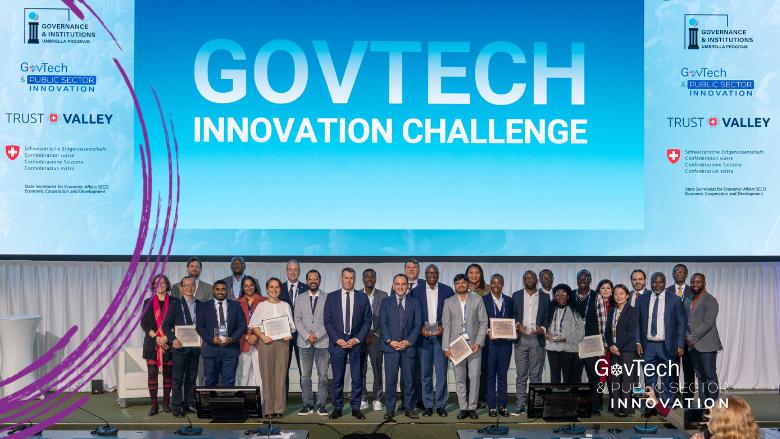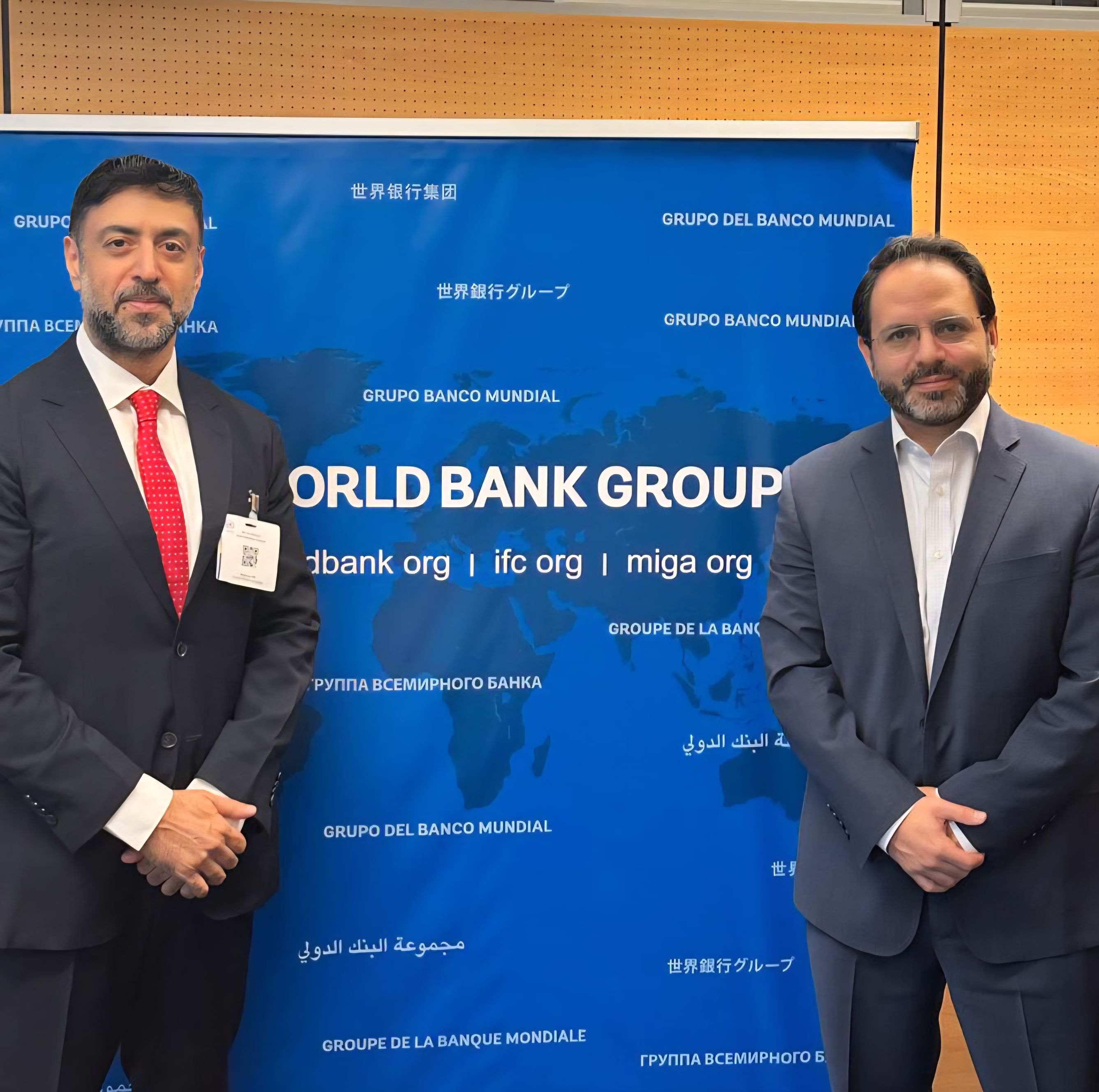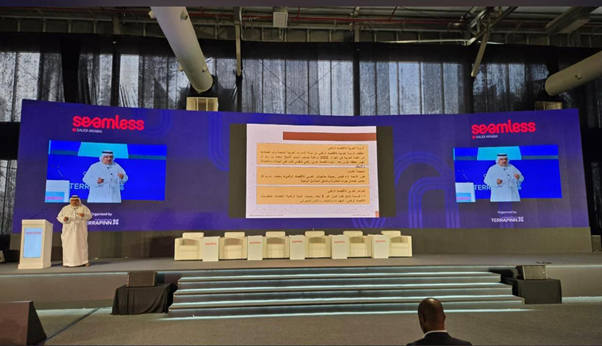Cairo
Source: Al-Wafd Newspaper
Prof. Dr. Ali Mohammed Al-Khouri
At the heart of modern geopolitics, water is no longer merely a natural resource or a commodity subject to regulation and codification by traditional policies. Rather, it has become a determining factor in the equations of regional stability and economic and social development. In the Arab world, where environmental harshness intersects with the fragility of institutional structures, the water scarcity crisis is emerging as one of the most serious strategic threats, potentially shaping the political and economic future of the entire region.
Arab countries are experiencing some of the highest rates of water scarcity in the world, with more than 85% of their land area located in arid or semi-arid regions, and at a time when demand for water is doubling at a rate exceeding population growth. This challenge is exacerbated by climate change, which is no longer a theoretical phenomenon but a lived reality expressed by prolonged droughts, rising temperatures, and erratic rainfall patterns. All of this leads to a highly contradictory equation: increasing demand for a resource that is decreasing in quantity and deteriorating in quality.
The crisis is not limited to the natural dimension or climate change alone. It also encompasses irrational water use patterns in the agricultural, industrial, and urban sectors, where a significant proportion of available water is wasted due to weak infrastructure, declining irrigation efficiency, and the absence of integrated resource management systems. The crisis is also exacerbated by geopolitical tensions related to transboundary rivers, such as the Tigris, Euphrates, and Nile, where water rights are intertwined with political calculations in a turbulent regional environment.
In this context, water has become a tool of pressure for some countries and a silent threat to the national security of downstream countries, which are fundamentally dependent on flows outside their sovereign control. The Arab experience has demonstrated—in more than one instance—a structural inability to implement a collective approach to managing shared water resources. Despite the adoption of the updated “Arab Water Security Strategy” in 2022, the absence of effective enforcement mechanisms and the decline of collective political will have prevented this strategy from becoming an effective force in the regional water equation.
From a development perspective, the repercussions of water scarcity extend beyond the threat of thirst to the very foundations of the Arab economy. Agriculture, which remains a vital sector in many Arab countries, is facing a gradual collapse due to the lack of necessary water resources, threatening food security and increasing reliance on imports, with the strategic fragility this entails.
The industrial sector, meanwhile, cannot thrive in an environment lacking water, a basic production input. This water shortage also impacts tourism, public services, and the quality of life in major cities, undermines citizens’ confidence in the state, and opens the door to social tensions that could spiral out of control.
Traditional solutions seem insufficient to address the complexity of the crisis. While a number of Arab countries have invested in the construction of desalination plants, this approach faces significant financial and environmental obstacles. Desalination consumes massive amounts of energy, produces waste that harms marine ecosystems, and is expensive, making it unsuitable for countries with limited resources or experiencing political unrest. This calls for a more comprehensive approach, one based on expanding the concept of water security beyond technical solutions to adopt a comprehensive structural vision for water management, encompassing technology, governance, education, and community empowerment.
It has become imperative to move towards integrated water policies based on the concept of the “complete water cycle,” which means treating every drop of water as part of a closed system that must be preserved. This opens the door to unconventional projects, such as reusing graywater, harvesting rainwater, and developing smart, low-consumption irrigation technologies. This also requires the development of a shared knowledge system at the Arab level, including databases, research platforms, and accurate monitoring indicators, which can build bridges of cooperation and prevent duplication and conflict of efforts.
In parallel, the accelerating reality imposes the necessity of establishing an institutionalized regional cooperation structure that not only exchanges expertise but also generates shared strategic knowledge that contributes to collective decision-making. Water is no longer a local issue confined within state borders; it has become an arena for power equations, a sphere of conflict, and geopolitical formation. Therefore, building an effective coordination matrix among Arab states in the field of water is not a diplomatic luxury, but a prerequisite for any development project in the twenty-first century.
It remains imperative to redefine the concept of Arab water security as a pillar of national security and prioritize it in economic, social, and environmental policies. Failure to achieve water security will not only disrupt development, but will also lead to political and social crises that could escalate into open conflict in the near future.
In conclusion, the question that arises is no longer simply how to manage scarcity, but rather how to transform scarcity into a driver for redesigning the relationship between people and resources, between the state and its society, and between the region and its neighbors. The water crisis is not merely a technical battle fought with engineering plans; it is a battle of vision, governance, and the ability to anticipate the future without falling into the trap of painkillers or addiction to water imports. Only countries that possess the courage to change prevailing patterns and adopt unpopular, yet necessary, decisions will have the opportunity to play an active role in the future regional ecosystem and economy.












